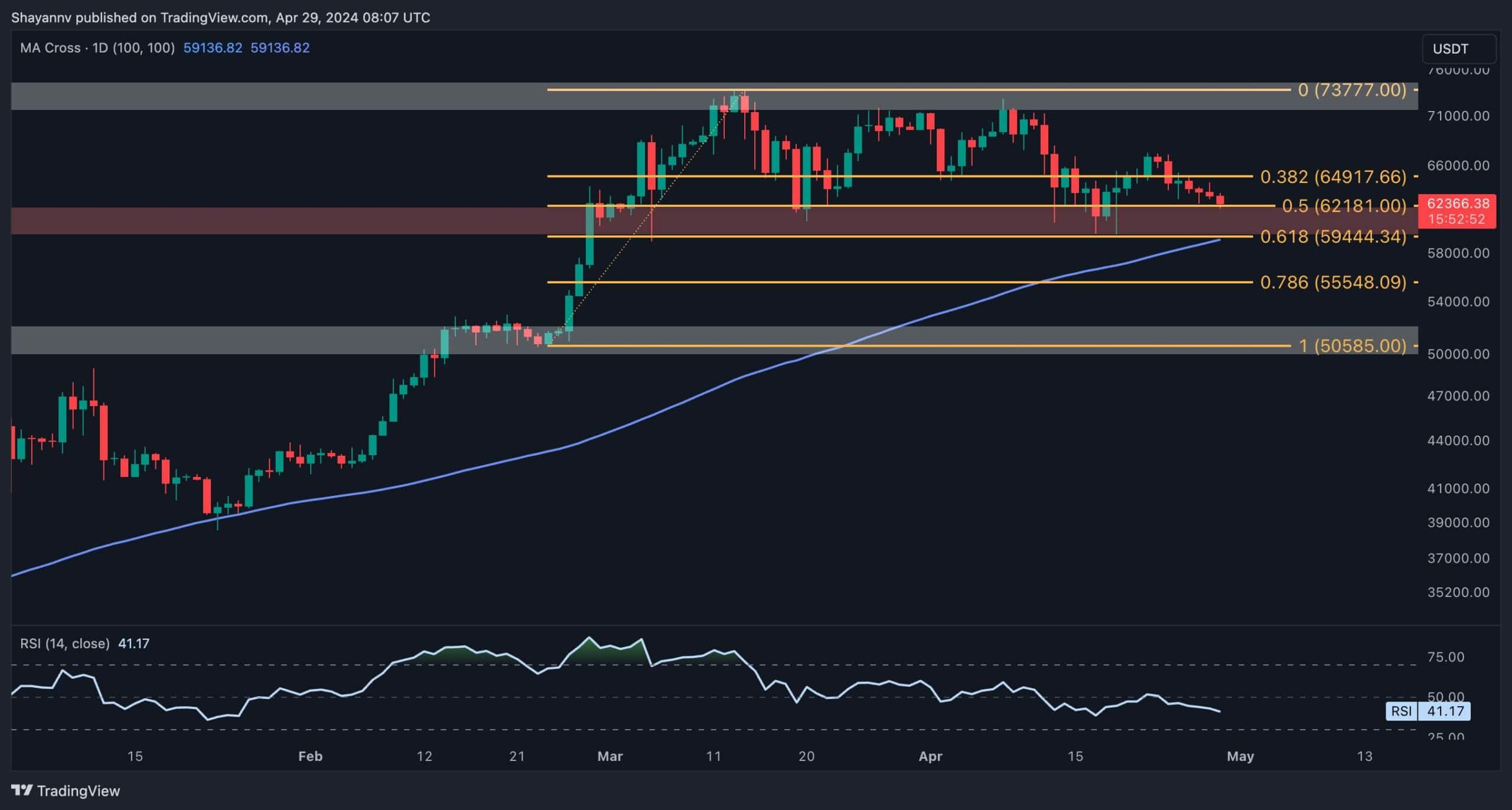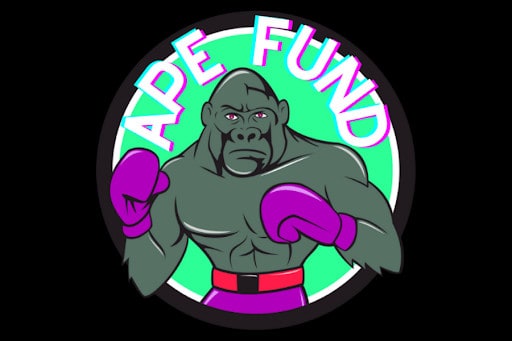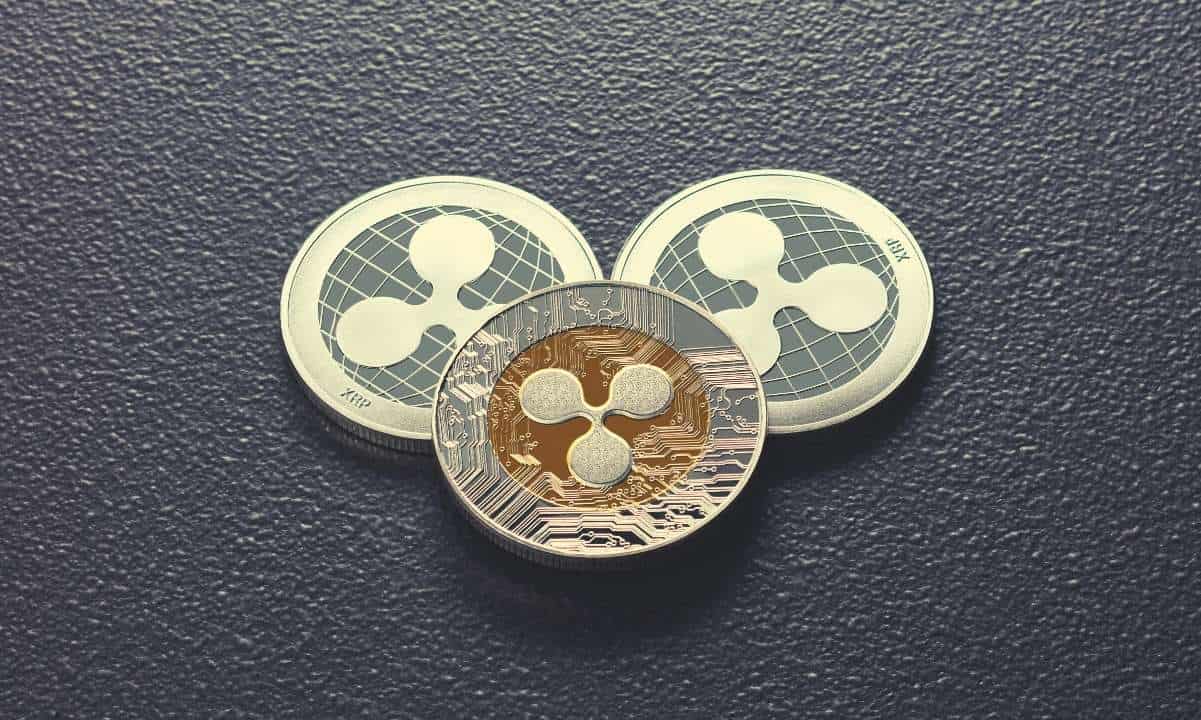Terra 2.0: This is What LUNA Holders Need to Know
Over the past couple of weeks, the crypto world was shaken by the sudden collapse of the Terra ecosystem. After its algorithmic stablecoin (UST) lost its dollar parity, everything came crashing down, leaving many investors with nothing as LUNA quite literally went to $0.
Now, the community has voted and accepted a proposal that would essentially see the fork of a new chain but with many changes. Let’s unpack.
A Quick Roundup
On May 9th, the algorithmic stablecoin built on top of the Terra protocol and a driving force behind its entire ecosystem – UST – lost its peg. A couple of days later, it was already trading at around $0.30 – a whopping 70% below its intended value of $1.
Because of how the algorithm works, this provided for a tremendous arbitrage opportunity where traders were able to redeem 1 UST (trading below $1) for $1 worth of LUNA. This design was intended to destroy the UST and reduce its supply which, in turn, should have increased its value. The selling pressure, however, was tremendous, and UST never came close to its $1 peg.
This allowed traders to print LUNA in excess, creating a massive supply of over 6 trillion LUNA in a couple of days. Needless to say, this kind of supply expansion in this short time frame with no possible way to absorb it led to the inevitable – LUNA’s price crashed to $0.
The entire Terra ecosystem was wiped out and saw billions disappear from the market in less than a week in an event that will forever echo in the chambers of crypto history.

Terra 2.0 is Born: No Algorithmic Stablecoins This Time
Arguing that “Terra is not just UST,” protocol founder and CEO – Do Kwon – came up with a revival plan. Without going into the details of how the plan changed over the course of a few weeks, the Terra community and validators voted and accepted the proposition, and the tone was set.
The vote for the final proposition ended on May 25th. 65.5% of those who voted approved the proposition, 20.98% abstained from voting, and 13.20% rejected it.
Called Terra Ecosystem Revival Plan 2, the plan aims to see the creation of a new Terra chain that won’t have an algorithmic stablecoin. The old chain will be called Terra Classic, and its LUNA will carry the ticker LUNC. The new chain’s token will be called LUNA.
At the time of this writing, multiple exchanges have attested support for the project. These include:
- Huobi
- Kucoin
- Bitrue
- FTX
- Bitfinex
- GateIO
- Bybit
- Binance
Commenting on the matter, the leading exchange by means of trading volume – Binance – stated:
The Terra community just passed a vote to “Rebirth Terra NEtwork.” We are working closely with the Terra team on the recovery plan, aiming to provide impacted users on Binance with the best possible treatment. Stay tuned for further updates.
In a sum-up, the proposal also includes details on essential app developers of the ecosystem, as well as how LUNA will be airdropped across LUNA classic stakers, holders, UST residual holders, and app developers.
LUNA Airdrop: How Much Will You Get?
Undoubtedly, one of the hottest topics is the incoming LUNA airdrop and the way it’s distributed to LUNC token holders.
To sum it up, this is what the distribution looks like:
- Community pool – 30%
- Pre-attack LUNA holders: 35%
- Pre-attack aUST holders – 10%
- Post-attack LUNA holders – 10%
- Post-attack UST holders – 15%.
In addition, the wallet of Terraform Labs (TFL) will be removed from the whitelist for the airdrop, which is intend to make “Terra a fully community-owned chain.”
All tokens will have an initial unlock and a vesting schedule that’s different based on a pre-determined set of criteria. It can be found here.









